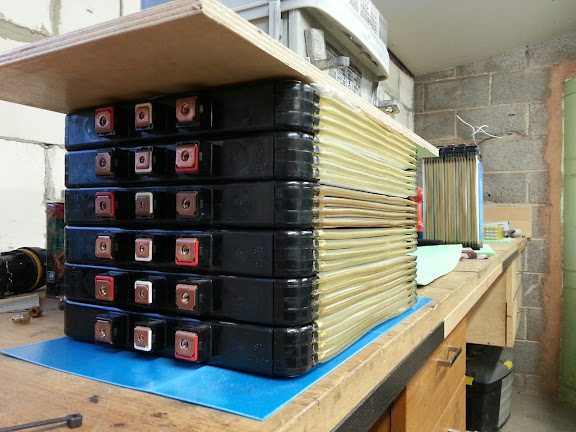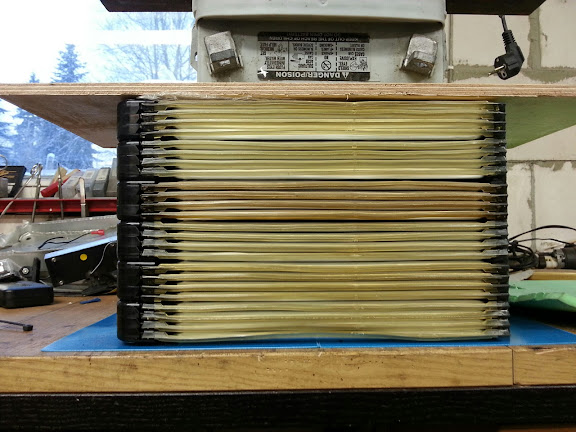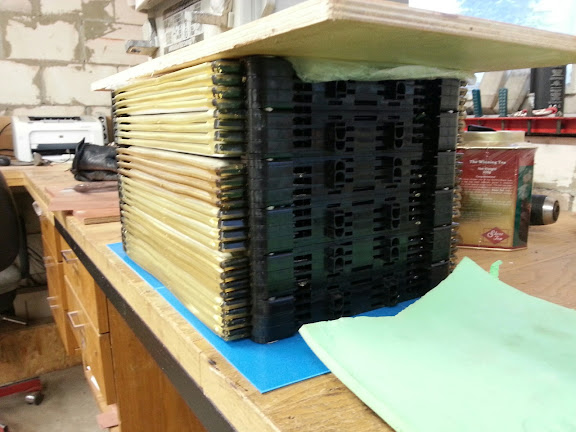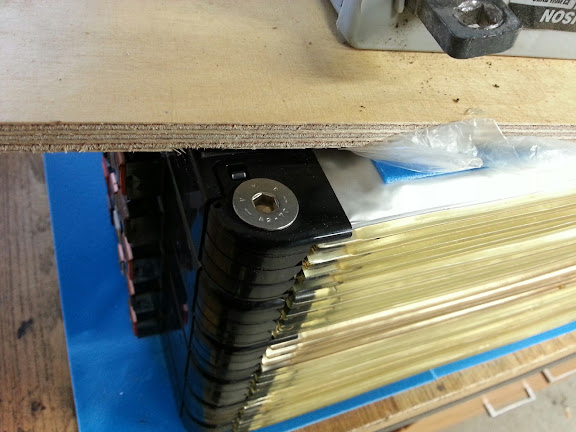Both of these pages refer to the original cells. I believe these are accurate for cells before model year 2015. 2015 model year battery are called Lizard packs apparently...
I'm just passing through here tonight, but I thought I'd add a little info that might save someone some capacity loss down the road. The 2013+ Leaf packs
*built beginning in April of 2013* better resist both age and heat-related degradation. It isn't clear if Nissan actually started building "Lizard packs" in April of 2013 but didn't want to announce it until they had real world results, or if the 4/13 - 2015 packs are just using better chemistry packs. In either case I suggest you keep two things in mind:
* 2013 Leaf cells made from January through March of 2013 appear to be no better at resisting degradation than 2011-2012 cells. I call these early 2013 packs "Canary packs" because they are much less robust than the later version. Consider these early 2013 cells to be the same in durability as 2012 cells, not better. This conclusion comes from data posted from Leaf auctions that listed both build date and capacity bars remaining, and from anecdotal evidence posted at mynissanleaf.com. Some Leafs built in early 2013 have already lost at least 3 capacity bars, and possibly four. Those built after 3/13 usually continue to show either 11 or 12 of 12 bars - many with all 12 bars after tens of thousands of miles. My own 2013 leaf SV, built in April of 2013 (whew!) still has 12 bars, with about 11% capacity loss.
* Even the "Lizard pack" will degrade fairly quickly in extreme heat. Leaf drivers in Arizona and similar places are experiencing capacity bar loss that is roughly comparable to the first generation cells. So if you use Leaf cells from even a 2015 (and probably 2016) pack, find a way to keep them from regularly getting above about 90F. Don't assume that you have a "Lizard EV" that will happily roast in 90F+ degree temps and not lose capacity. It would also be wise to not let these cells sit at 100% (actually about 95%) indicated charge for more than a few hours, if possible, and especially in hot weather. No lithium battery "likes" to be nearly full for long, and Leaf cells may like it even less. Heat, though, is still their #1 enemy.









